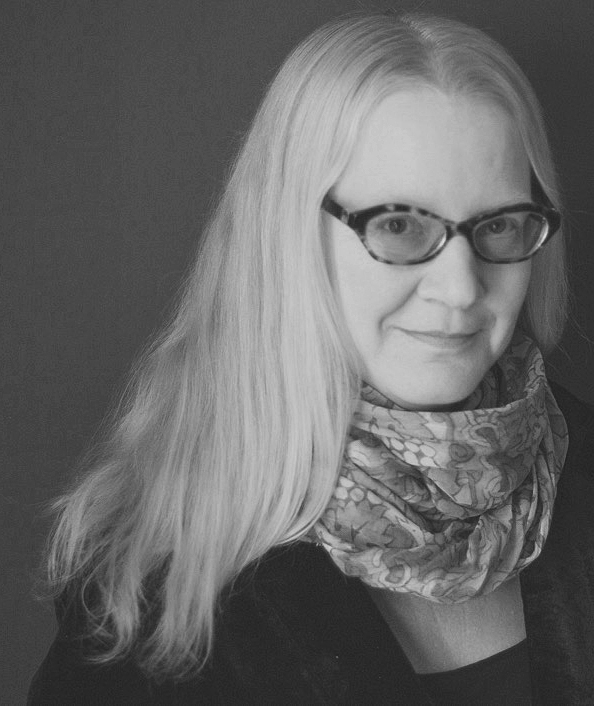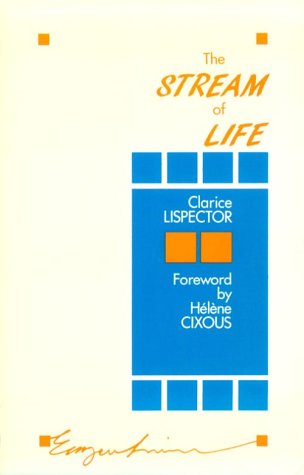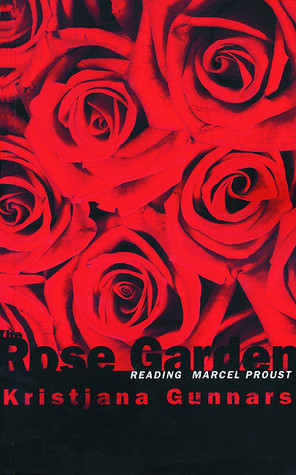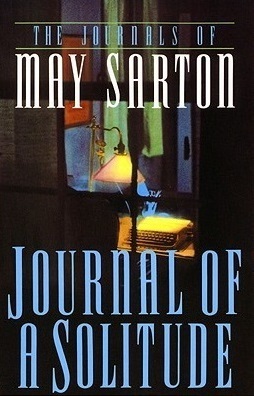Shawna Lemay on Calm
 Shawna Lemay is a writer, blogger, photographer, library assistant, and co-curator of Canadian Poetries. She has written six books of poetry, a work of experimental fiction, and a book of essays entitled Calm Things. Her novel, Rumi and the Red Handbag, will be published in the fall of 2015.
Shawna Lemay is a writer, blogger, photographer, library assistant, and co-curator of Canadian Poetries. She has written six books of poetry, a work of experimental fiction, and a book of essays entitled Calm Things. Her novel, Rumi and the Red Handbag, will be published in the fall of 2015.
“Those who have anxiety, those who are shy, or nervous, seem to be the most persistent seekers of calm,” says Lemay. “We are those who know how to sit alone, trying to regain our sense of equilibrium. We are drawn to the poetic, the contemplative, to reading, to the rituals of the everyday. We need a certain amount of time alone, we attempt to make appointments with ourselves that we can keep.”
On her blog, Calm Things, she shares photos, poems and thoughts on the theme.
“I intermittently share the following words by Rilke," she says, "because quite often I’m the very opposite of calm: 'Do not believe that the person who is trying to offer you solace lives his life effortlessly among the simple and quiet words that might occasionally comfort you. His life is filled with much hardship and sadness, and it remains far behind yours. But if it were otherwise, he could never have found these words.' "
Shawna Lemay shares her three favorite books on calm:
 The Stream of Life
The Stream of Life
by Clarice Lispector
Those who are drawn to this improvisation of a book often develop a strong relationship to it, rereading it multiple times. A more recent translation of the book leaves the title as Aqua Viva, literally, living water. The writing flows without plot and the reader finds herself in the unconscious realm, in a dream. It’s a joyful book, exuberant, but it’s also delicate and difficult. She writes, “Could it be that what I am writing you is beyond thought? Reason is what it isn’t. Whoever can stop reasoning – which is terribly difficult – let them come along with me.” Alive with becoming, The Stream of Life is an inward quest that is daring, lyrical, transcendent, and liberating. I never tire of it, and returning to it always comforts me and frees me to express myself. 
 The Rose Garden: Reading Marcel Proust
The Rose Garden: Reading Marcel Proust
by Kristjana Gunnars
In Trier to do research and put together a book on Mavis Gallant, Gunnars spends her mornings in a "small garden comprised of a tiny lawn, a small cement patio, and a bed for trees and bushes round the corner.” Her intention is to read Proust, dipping in at random. She says, “All I wanted was to be left alone with meditative texts,” but there are interruptions. A lover who she’s "working hard to repel" keeps showing up. Life intervenes. She is confronted with the pressure of being thought anti-social but instead sits with an unfocused question regarding “the woman who wishes to be alone.” The narrator persists in keeping what she calls an "appointment with myself,” validating this experience for the reader.

 Journal of a Solitude
Journal of a Solitude
by May Sarton
Published in 1973, Journal of a Solitude has become a talisman for many women writers. Traditionally seen as a "woman’s form" because of its secrecy and few claims or pretensions for a wide readership, the diary is quietly elevated in Sarton’s work. She says, “When I am alone the flowers are really seen; I can pay attention to them. They are felt as presences. Without them I would die.” In her journal she talks about the value of solitude, but isn’t afraid to confront the suffering, the shadows, that one finds when entering this deep well. Nor does she shy from the subject of the everyday, the mundane. “There is a mystical rite under the material act of cleaning and tidying, for what is done with love is always more than itself and partakes of the celestial orders.”

 Post a Comment
Post a Comment
Reader Comments